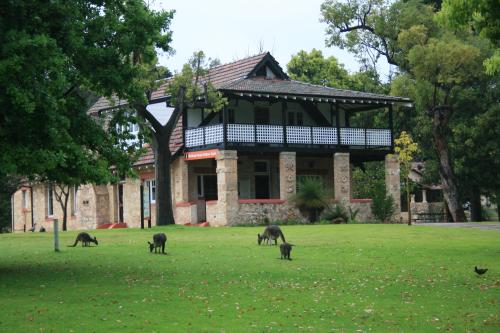A range of experiences in caves are available in Western Australia’s parks.
Each of the caves has a unique set of features and challenges. Entering some of them involves caving, the recreational pastime of exploring caves and cave systems. Entering others involves merely walking into or through them.
You can try adventure caving in Giants Cave in Leeuwin Naturaliste National Park with helmets, torches and a briefing included in the cost or in one of Yanchep National Park’s wild caves with an experienced cave guide. Caving in any other parks can only be conducted with a caving permit. Please contact local Parks and Wildlife Service offices for any caving and permit information.
Self-guided tours in Calgardup Cave in Leeuwin Naturaliste National Park are suitable for all ages and available most days. While not truly ‘caving’, in Dimalurra (Tunnel Creek) National Park you can walk 750m through the ‘tunnel’, including wading through several permanent pools, or walk 300m along a usually dry underground riverbed in Stockyard Gully Reserve.
In the dark and still environment of a cave, formations can take thousands of years to develop and it is important to be mindful of avoiding any damage. Never mark the walls or touch formations in any cave. A careless nudge can destroy cave features in an instant.
Caving is adventurous and modern protective wear, equipment and physical fitness helps to make the activity safer. For more information on how to safely enjoy caving see our Safety and Adventure activities advice.
The Western Australian Speleological Group is the State’s largest caving group and arranges expeditions. It is part of the Australian Speleological Federation, a federation of most caving groups in Australia.

